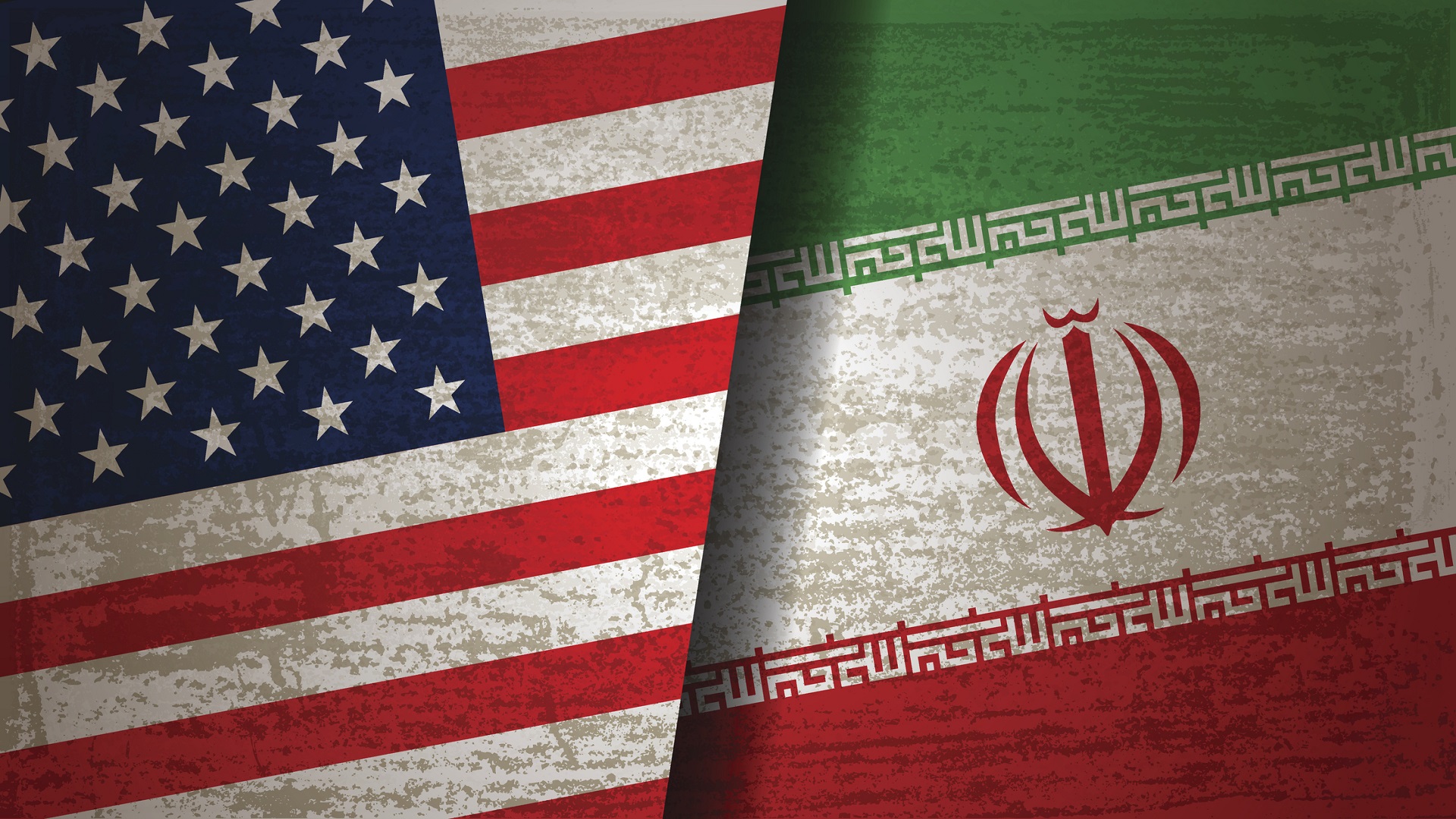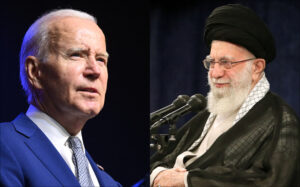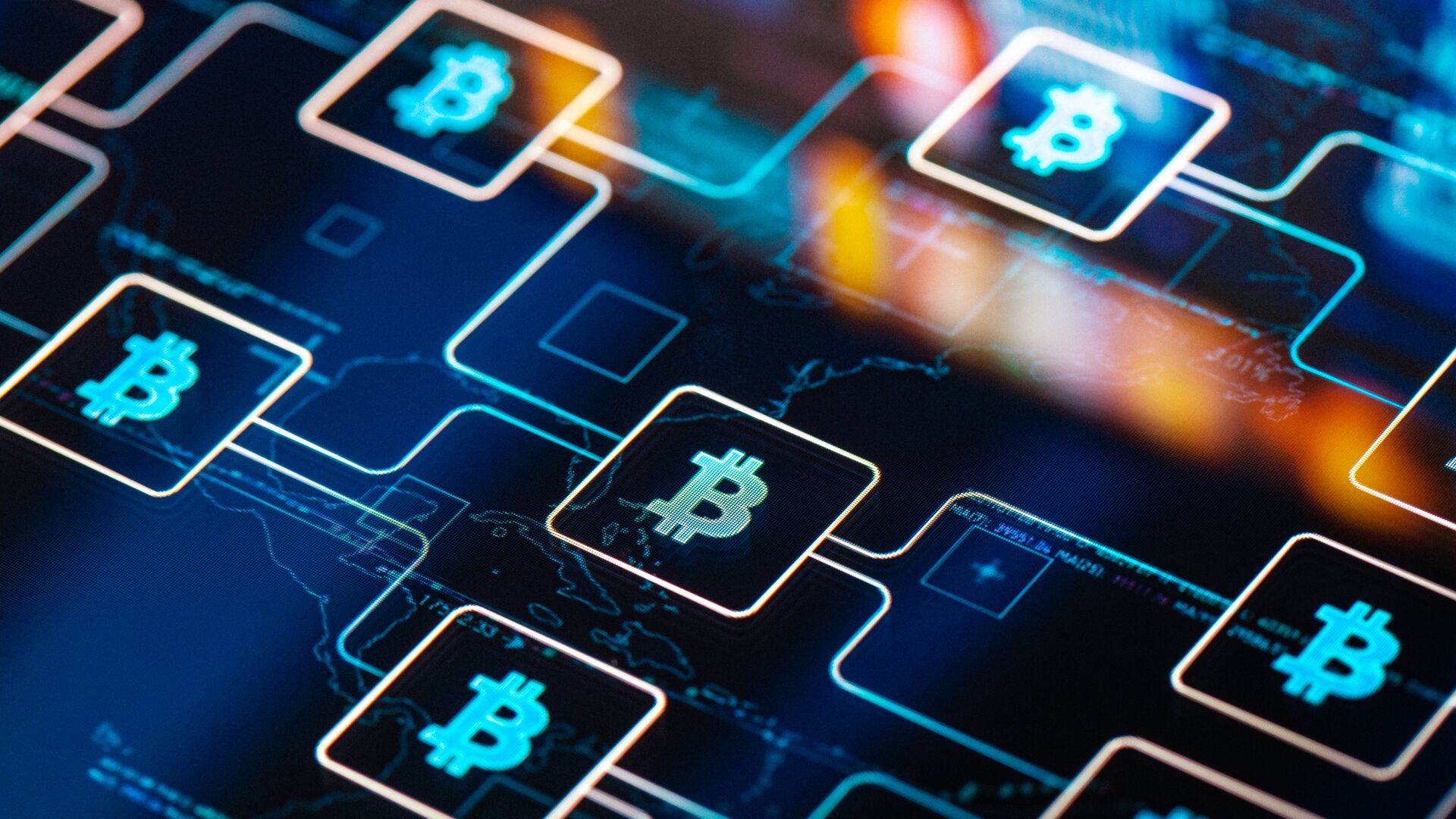Details of Detainee Swap
Under undisclosed terms, the two nations have agreed to exchange detainees. The broader framework of the negotiations aimed at reviving the 2015 Iran nuclear deal, officially known as the Joint Comprehensive Plan of Action (JCPOA), encompasses this agreement. However, the parties have not made the identities and numbers of detainees to be released public.
Financial Repercussions of Sanctions Relief
The sanctions relief agreement marks a crucial aspect of the broader negotiations. According to the agreement, they are set to release about $6 billion in Iranian funds, much of which had previously been trapped in foreign bank accounts due to crippling sanctions.
The reinstated financial mobility will offer Iran the chance to rejuvenate its economy, which has long been in dire straits due to stringent sanctions primarily led by the US. Iranian officials have been adamant that significant progress in talks hinges on the unfreezing of these assets.
Fostering Diplomatic Relations
This strategy of detainee swap and lifting of sanctions represents a nuanced approach. America has often used such swaps as diplomatic tools, subtly fostering healthier relations apart from achieving the immediate objective of ensuring the safe return of American detainees. Similarly, Iran sees access to previously frozen assets as a victory, which bolsters its struggling economy and affirms the effectiveness of its persistent engagement at the negotiation table.
Implications for the Nuclear Deal
This move is potentially indicative of progress in the ongoing Iran nuclear deal discussions. Observers point out that if this agreement is ratified, it might serve as a fillip to the larger JCPOA negotiations that aim to bring Iran back into compliance with a shelved deal in return for easing intensifying sanctions. The Trump administration originally abandoned the deal in 2018, causing a peak in tensions not only between the US and Iran but also with other signatories of the agreement.
The Road Ahead
This development, though seen as a significant move, also represents just a step in a long and contentious diplomatic journey. While the detainee swap and unfreezing of assets pave the way for less hostile relations, there are still many structural and political barriers on the path to a fully restored Iran nuclear deal.
To that end, the international community, particularly the concerned Signatories of the JCPOA, will be eagerly watching this space to gauge the future direction of US-Iran relations, affecting significant aspects of international security and Middle Eastern political dynamics.




